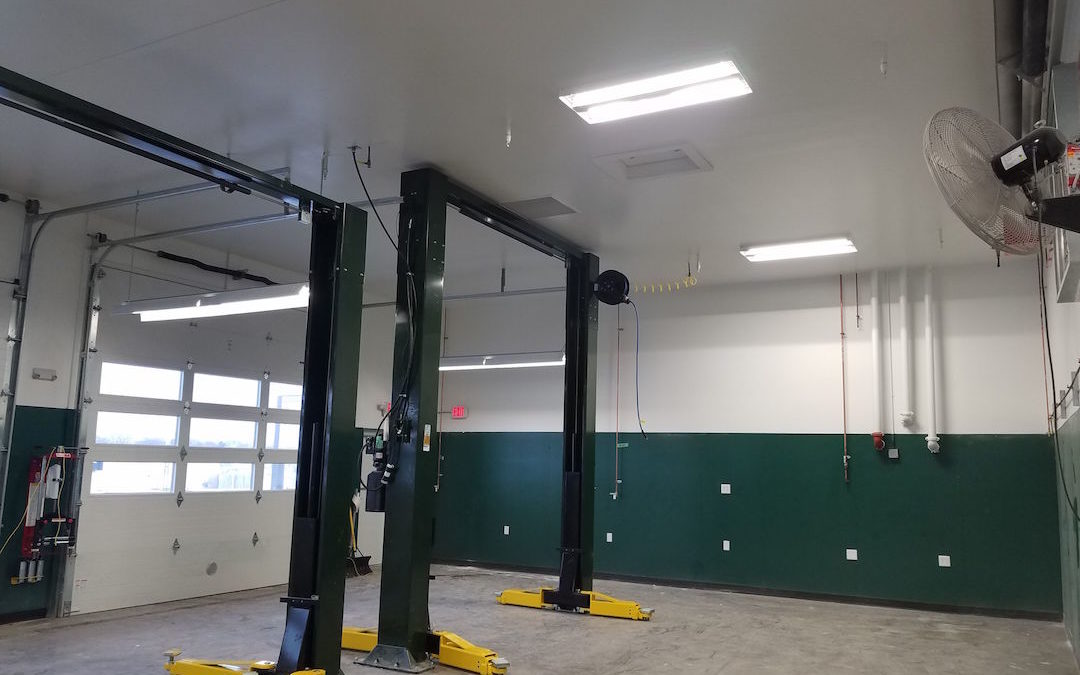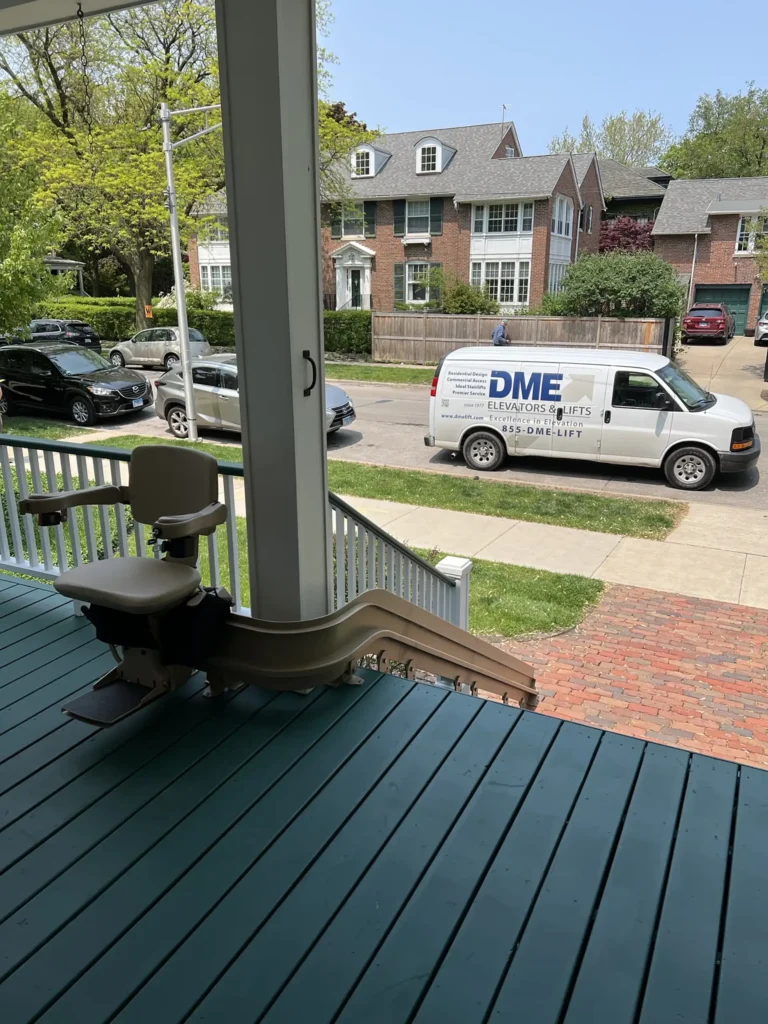Specialist Tips for Ensuring Safety And Security During Comprehensive Lift Repair Treatments
In the realm of comprehensive lift fixing procedures, security stands as an extremely important issue that requires careful focus to detail and adherence to developed protocols. As the complex interplay of equipment and human intervention unravels, a strategic method to safety and security ends up being the linchpin for successful repair work procedures.
Safety Equipment Needs
The safety and security equipment requirements for lift repair service procedures are important to ensure the wellness of upkeep personnel. When working on lifts, maintenance employees need to stick to rigorous safety methods by wearing suitable gear such as difficult hats, safety goggles, handwear covers, steel-toed boots, and high-visibility vests.
Construction hats are crucial for guarding against head injuries from dropping things or bumping into overhead structures. Safety safety glasses safeguard the eyes from particles, chemicals, or sparks that might be generated during fixing work. Handwear covers supply hand defense from cuts, burns, or electric shocks, while steel-toed boots offer foot security from hefty objects or devices. High-visibility vests ensure that upkeep personnel are quickly seen by others, minimizing the threat of accidents as a result of inadequate exposure. By purely adhering to safety gear needs, maintenance personnel can minimize dangers and work successfully to keep and fix lifts.

Devices Assessment Checklist
To guarantee the upkeep employees's safety and security and the proper performance of lifts, an extensive equipment inspection list is crucial prior to commencing any repair treatments. lift breakdown. This list needs to include a detailed exam of all elements such as wires, wheels, electric systems, and safety devices. It is essential to evaluate for any indications of deterioration, corrosion, or damages that may jeopardize the lift's architectural honesty or operational efficiency
In enhancement to mechanical components, the assessment list must include security functions like emergency brakes, limitation buttons, and overload sensors. These safety devices play a crucial duty in preventing mishaps and ensuring customer protection during lift procedure.
Furthermore, verifying the calibration of control systems, verifying correct ventilation and lighting within the lift shaft, and inspecting for any obstructions or particles are crucial action in the assessment process. Normal upkeep and adherence to the devices inspection list not only boost safety and security procedures however likewise prolong the lifespan of the lift system, decreasing the possibility of costly fixings or unexpected failures.
Danger Recognition Techniques
Using methodical analysis methods, risk recognition techniques are utilized to identify possible dangers within lift repair work treatments. These methods entail an extensive evaluation of the repair work atmosphere, equipment, and tasks included to determine any type of threats that can bring about injuries or crashes. One common method is the Task Security Evaluation (JSA), where each action of the fixing procedure is carefully assessed to determine prospective threats and determine the best security steps to minimize them. In Addition, Failure Setting and Consequences Evaluation (FMEA) can be made use of to expect possible failure points in the fixing procedure and establish safety nets to resolve them proactively.

Emergency Reaction Preparedness
With an emphasis on ensuring swift and reliable reaction to unexpected scenarios, emergency situation reaction readiness is an important aspect of keeping original site security during lift repair work procedures. Focusing on emergency readiness entails developing clear interaction channels, assigning certain roles and duties, and carrying out routine drills to test feedback times and procedures.
Crucial element of emergency situation action preparedness include having readily easily accessible very first aid kits, fire extinguishers, and emergency get in touch with details plainly presented. It is critical to educate all employees involved in lift repair service procedures on emergency reaction procedures, consisting of how to safely leave the location in instance of a fire or various other emergencies.
Furthermore, creating a thorough emergency situation reaction strategy details to raise fixing circumstances can assist decrease possible risks and guarantee a timely and worked with feedback in the event of an incident. On a regular basis upgrading this strategy and examining based on lessons gained from past drills or occurrences is important to continually enhance precaution during lift fixing treatments.
Ongoing Safety Training
Regular education and training in security protocols is a fundamental part of making certain the continuous safety of employees during lift repair service treatments. Continuous safety training plays an important function in maintaining employees notified regarding the most recent safety and security requirements, methods, and best practices in the sector (lift servicing companies). By providing regular training sessions, workers can remain current on prospective threats, secure work treatments, and emergency methods specific to lift fixing environments
Regular security training additionally helps strengthen the significance of following security standards and procedures in all times. It instills a safety-conscious state of mind amongst workers, promoting a society of security within the work environment. In addition, recurring training visit their website enables employees to refresh their understanding and abilities, improving their readiness to manage any kind of unexpected safety difficulties that may arise throughout lift repair work procedures.
To make sure the efficiency of continuous safety and security training, it is important to tailor the web content to the specific threats and requirements connected with lift repair work procedures - lift breakdown. Companies should regularly analyze training demands, supply opportunities for hands-on technique, and motivate open communication relating to security problems among all employees associated with lift fixing procedures
Conclusion
To conclude, ensuring safety and security during detailed lift repair service treatments is necessary for avoiding mishaps and injuries. By adhering to safety and security gear demands, carrying out equipment evaluations, recognizing threats, planning for emergency situations, and providing continuous security training, employees can decrease threats and create a secure workplace. Focusing on security actions and staying vigilant throughout the repair procedure will certainly aid protect both workers and the devices being serviced.
When working on lifts, upkeep employees should adhere to rigorous safety procedures by wearing ideal gear such as difficult hats, safety goggles, handwear covers, steel-toed boots, and high-visibility vests. One usual technique is the Task Safety And Security Evaluation (JSA), where each action of the repair procedure is very carefully analyzed to identify prospective threats and identify the ideal safety steps to reduce them.Continuous education and training in safety protocols is a basic component of making sure the ongoing safety of personnel throughout lift fixing treatments.Normal safety and security training likewise helps enhance the relevance of complying with security guidelines and procedures at all times. By adhering to security equipment demands, carrying out tools examinations, determining threats, preparing for emergency situations, and giving continuous safety training, workers can reduce dangers and produce a safe work setting.